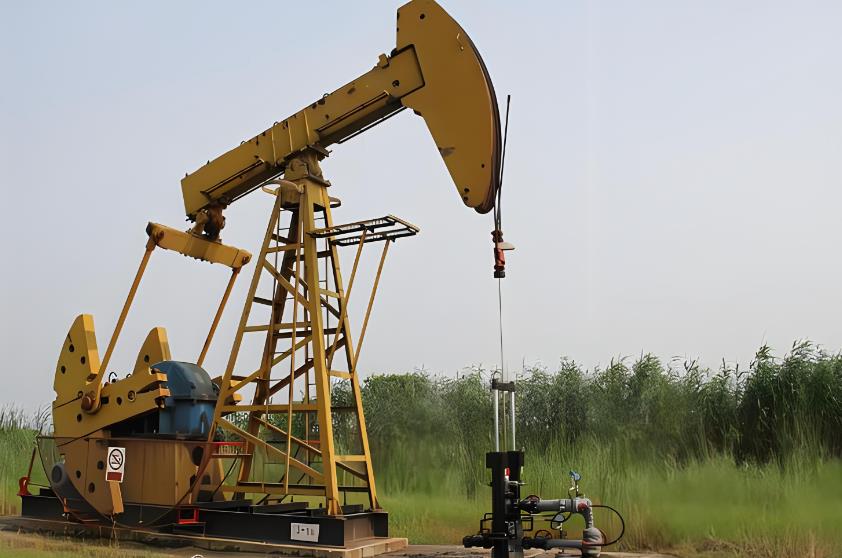Principles and Core Value of Ammonia Compressor Technology
As a key piece of equipment in the energy transition, ammonia compressors operate based on the thermodynamic cycle of gas compression and expansion. Through mechanical work, low-pressure gaseous ammonia (NH₃) is compressed to a high-pressure state, condensed into liquid with the aid of a condenser, and releases energy through expansion during energy storage or supply. Compared with traditional refrigerants such as Freon, ammonia offers three irreplaceable advantages: environmental friendliness (ozone depletion potential of 0 and global warming potential of only 1), high thermodynamic efficiency (latent heat of evaporation 5-8 times higher than Freon), and economic efficiency (cost only one-third of Freon, with a system COP improvement of over 15%).
In recent years, ammonia compressor technology has continued to evolve. For instance, Mitsubishi Heavy Industries of Japan has developed a centrifugal compressor with a three-stage compression design, increasing operating pressure to 30MPa and improving efficiency by 25% compared to traditional piston compressors. Meanwhile, York Corporation of the United States has adopted magnetic suspension bearing technology, reducing mechanical losses by 40%. These innovations have transformed ammonia compressors from traditional refrigeration equipment to core hubs in energy systems. Driven by carbon neutrality goals, more than 30 countries worldwide have incorporated ammonia energy into their strategic plans, placing ammonia compressors at the center of this technological wave.
Revolutionary Applications in Energy Storage and Industrial Sectors
In the energy storage sector, ammonia compressors are reshaping the landscape of storage technologies. By converting excess electricity into liquid ammonia for storage, its energy density can reach 3.5kWh/L, six times that of lithium batteries. In Japan’s “Ammonia Society” initiative, a 200MW ammonia energy storage plant is already operational, with system efficiency reaching 65%, and peak-valley electricity price arbitrage returns increasing by 30%. In industrial applications, ammonia compressor-driven absorption heat pumps have become a powerful tool for waste heat recovery. A case study from Baosteel Group shows that such systems can upgrade low-grade waste heat at 80-150°C to over 200°C, with a single unit saving the equivalent of 8,000 tons of standard coal annually and achieving a payback period of just 3 years.
Of particular significance is the role of ammonia compressors in the hydrogen energy supply chain. Through “hydrogen-ammonia integration” technology, green hydrogen can be converted into liquid ammonia for storage and transportation, with costs 60% lower than liquid hydrogen. The HyEnergy project in Australia has verified that ammonia compressors, operating at 30MPa, can synthesize green ammonia with a hydrogen storage density of 121kg/m³, solving the bottleneck of long-distance hydrogen transportation. This multi-scenario synergy makes ammonia compressors a critical link in the integrated energy system.
Technological Innovations and Industry Breakthroughs
Breakthroughs in ammonia compressor technology have focused on three key areas: materials, sealing systems, and intelligent control.Materials: Duplex stainless steel impellers and ceramic coating technologies have tripled equipment lifespan, withstanding temperatures exceeding 400°C.Sealing Systems: A combination of magnetic fluid and dry gas seals has kept leakage rates below 0.5%, meeting ASME B31.3 safety standards.Intelligent Control: Siemens’ digital twin system has achieved 95% fault prediction accuracy and optimized energy consumption by 8%.
However, the industry still faces severe challenges:Corrosion: The corrosion rate of ammonia-hydrogen mixtures on metals at high temperatures and pressures reaches 0.15mm/year, necessitating the development of new alloy materials.High Cost: Large centrifugal compressors cost over $2 million per unit, limiting commercial adoption.Precision Control: System integration requires pressure matching accuracy within ±2%, posing high demands on control algorithms.
Doosan Group of South Korea has reduced manufacturing costs by 30% through modular design, providing a viable path for the industry.
Market Prospects and Policy Drivers
The global ammonia energy market is expanding at a compound annual growth rate (CAGR) of 15.7%, and the market size is expected to exceed $200 billion by 2030.
In key sub-sectors:Demand for compressors supporting green ammonia production is growing by 23% annually, with the market size expected to reach $4.5 billion by 2025.In marine propulsion, the ammonia-fueled marine compressor market is expected to surpass $1.2 billion by 2027.On the policy front, China’s “Ammonia Energy Technology Development Roadmap” proposes achieving domestic production of 30MPa-grade compressors by 2025, while the EU’s “Green Deal” plans to invest €5 billion in ammonia energy infrastructure.
The competitive landscape is showing polarization: traditional giants such as General Electric and MAN Energy are focusing on high-pressure centrifugal compressors, while startups like Ammonigy are deeply engaged in distributed ammonia energy systems. Capital markets are also highly active, with global ammonia energy sector financing reaching $4.8 billion in 2023, of which compressor technology accounted for 35%. This dual drive of policy and capital is accelerating the transition of the industry from pilot projects to large-scale commercialization.
Future Trends and Strategic Recommendations
As the cost of green ammonia falls (expected to drop to $400/ton by 2030), the application boundaries of ammonia compressors will continue to expand.In Marine Propulsion: Wärtsilä has developed an ammonia-fueled marine engine, with a supporting compressor enabling direct ammonia-to-electricity conversion.In Grid Peak Shaving: The penetration rate of liquid ammonia storage systems is expected to reach 15% by 2030.
Future technologies will exhibit three major trends:Miniaturization: Power density of micro-compressors is expected to increase to 5kW/m³.Intelligence: AI algorithms will enable dynamic pressure regulation.Decarbonization: Compressors powered by green electricity will reduce lifecycle carbon emissions by 90%.
For enterprises, three key directions require focus:Develop Corrosion-Resistant Coating Materials to extend equipment lifespan.Build Integrated “Compressor-Storage Tank-Fuel Cell” Solutions to enhance system synergy.Participate in International Standard Setting to gain industry influence.
As the International Energy Agency (IEA) report states:
"Ammonia energy is the ultimate carrier of clean energy, and compressor technology will determine the speed and quality of its commercialization."


























